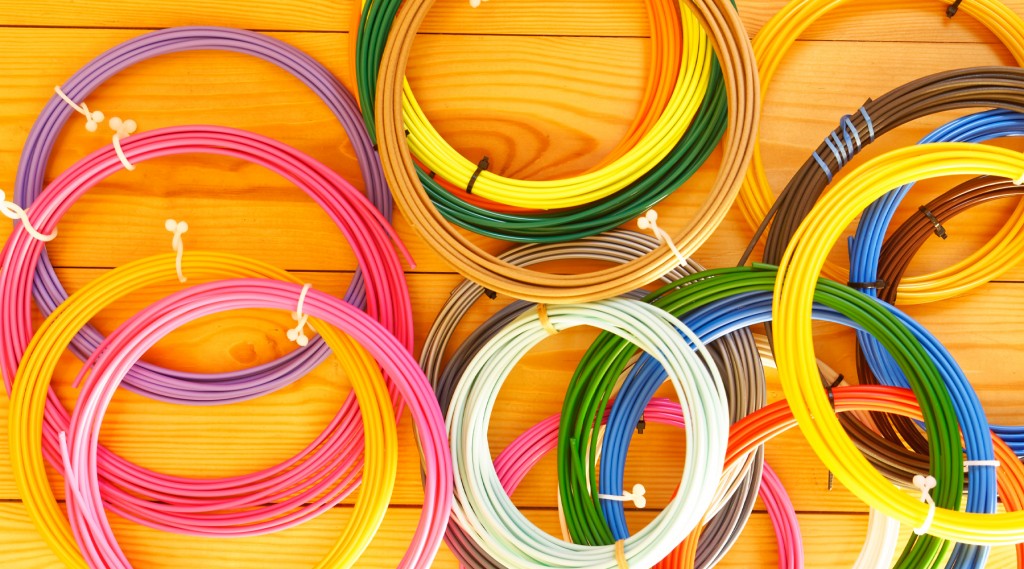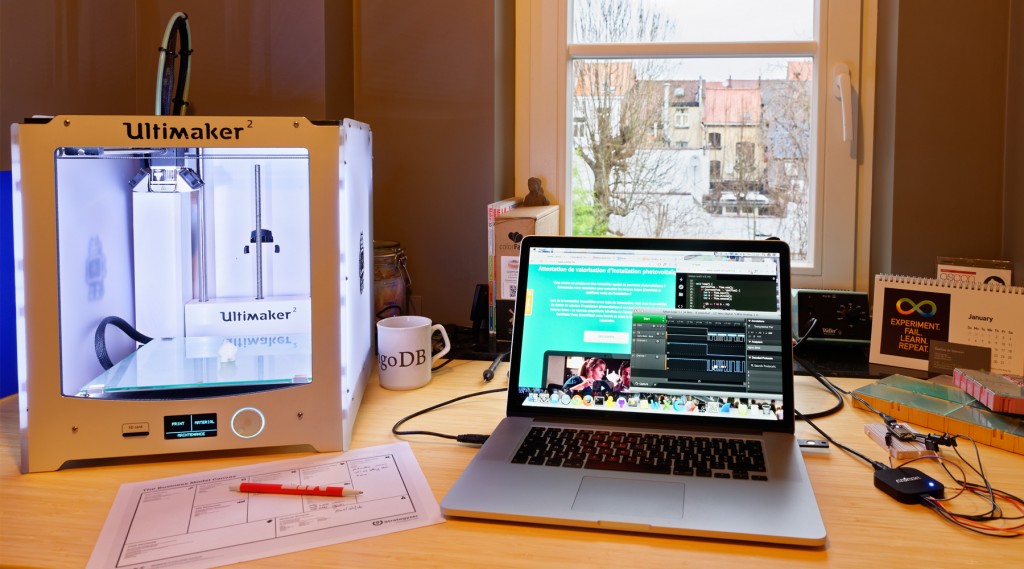Even though we know full well – thanks to one of the most stable charts in 3D Hubs’ monthly trend updates – that at least 50% of all desktop FFF 3D printing is done either in black ABS (for technical parts, where color does not matter) or white (if you are going to apply a finish to a decorative piece), leaving a large percentage of very fragmented user preferences. As the awareness of the potential for new materials becomes clearer, those other users are seeking different materials to test out and work with. Then, the issue becomes that of finding the right materials in a 3D printing hardware market that is becoming more – not less – specialized.
To do that, you can turn to websites such as Global FSD, that let you test small samples of materials. But before you head there, you might want to check out the new Filament Directory created by Gauthier De Valensart, set to launch more or less at the same time as you are reading this.
As a passionate Maker, he began collecting information on filaments in 2014 and he has now built, possibly, the most complete – non-commercial – collection of filament information. This includes data on specific colors, properties, and diameter, up to 12 parameters, listing all of the products from all of the largest global filament manufacturers (that is about 20 different companies).
Gauthier also conducted a survey and has analysed the data collected so far to find more in-depth information on what remains a very mysterious and unrecorded industry. For example, information on where 3D printer owners buy filaments, how often, and which types of filaments they look for.
“We wanted to understand 3D printer users, their habits, their needs, and how we can help them,” Gauthier said. “Our market research showed that 3D printer owners are regularly looking for filaments with, not only specific properties, but also ‘superpowers’. For instance, they showed great interest in filament flexibility, the most appreciated among these exotic qualities.”
Gauthier also found that 75% of 3D printer users want to find filaments that are the same color as objects surrounding them and that is why Filament.directory features an advanced functionality for color matching. The user just has to take a picture of a particular color and instantly get a list of all the filaments presenting similar coloring.
There is much more information that can be gathered from the reported material consumption and preferences. They are all listed in the infographic at the bottom of this article. Some of the elements that stand out include sex and age data, showing that women make up only 1% of respondents at this time and that most users (83%) 3D print at home and for their own consumption.
The favorite brand at this time (but this was before the recent update which introduced several other brands) is colorFabb, followed by taulman3D and eSUN. Also, apart from flexibility, users look for transparent filament (good luck with that) and carbon-reinforced materials. In my own experience, that is exactly what people ask for the most: flexibility, transparency, and strength.
In a filament market that is only going to get infinitely larger and more varied in the upcoming year, the Filament.directory is going to be a necessary tool to guide oneself in this wild – and awesome – filament jungle.






